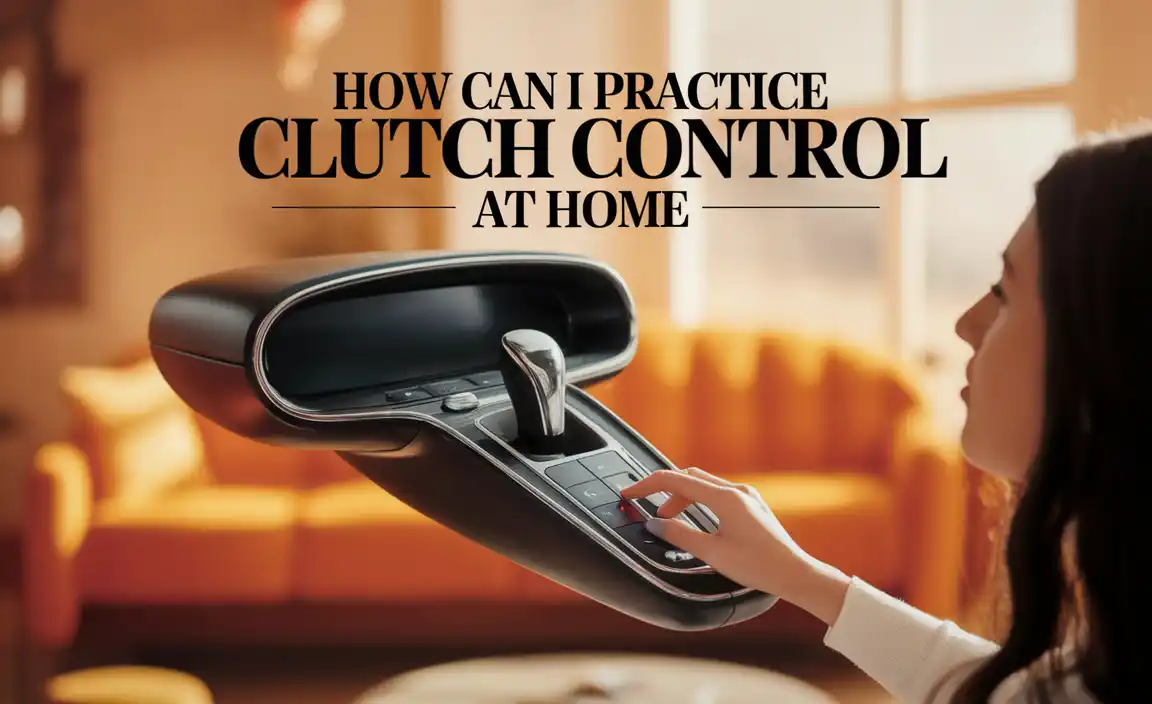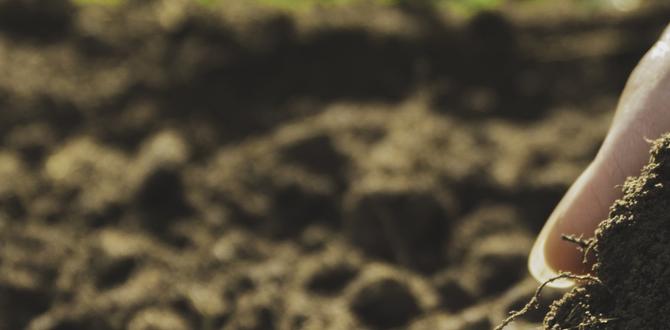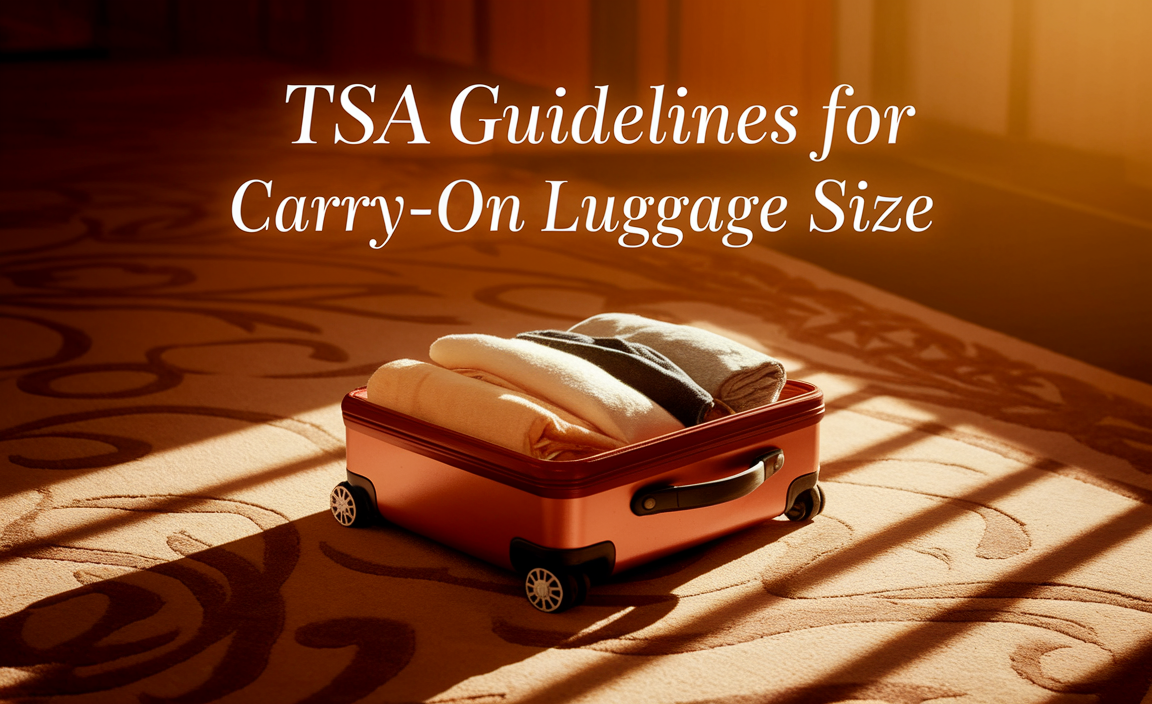For drivers of manual transmission cars, clutch control is an essential skill that allows them to transition smoothly from a stationary position to moving, change gears, and come to a smooth stop.
Learning how to drive a manual car can be quite daunting, especially when it comes down to the aspect of controlling the clutch. Many new drivers tend to panic while using clutch control in the initial stages of driving, which is perfectly normal.
Clutch control is the art of manoeuvring your vehicle through traffic or tricky terrain. It allows you to move your car fluidly without stalling or jolting. We will teach you what clutch control is and how to use it effectively and provide tips that can help you nail it at home.
With our steps approach, you’ll learn how to use clutch control in your car with little fuss. We will also discuss the benefits of practicing clutch control at home, which should help you get the confidence you need to hit the road.

What Is Clutch Control?
Clutch control is essential for any driver operating a manual transmission vehicle. It involves smoothly engaging and disengaging the clutch pedal to control the power and speed of the vehicle. Practising clutch control at home can greatly improve your skills and build confidence behind the wheel.
By adjusting the position of the clutch pedal, you can control the transfer of power from the engine to the transmission, allowing for seamless gear changes and smooth acceleration or deceleration. Mastering clutch control is essential for smooth and efficient driving, especially in situations such as starting on a hill or navigating through heavy traffic.
How Does A Clutch Work?
A clutch is made up of two connected metal plates. When the clutch pedal is depressed, these plates separate, which stops power from being transmitted to the wheels.
Releasing the clutch pedal causes the plates to start locking together, transferring power from the engine to the wheels- known as the ‘biting point. Pressing the clutch separates the plates, disconnecting the engine from the wheels- no power is transferred.
When released, the two plates move back together, transferring the engine’s power to the wheels. Clutch control entails using the clutch and gas pedal in slow driving to control the car’s speed. Practicing clutch control at home can help improve your driving skills and make you a better driver.
How Can I Practice Clutch Control At Home? Effective 10 Ways
Practicing clutch control at home can be a great way to improve your driving skills and become more comfortable with manual transmission. By following these tips, you can effectively practice clutch control at home and become more confident in handling different driving situations. Here are ten effective ways to practice clutch control at home.
1. Check The Vehicle Is Secure
The first step is to check that your vehicle is secure before starting. This means ensuring the car is in neutral and the handbrake is engaged. Engaging the handbrake will prevent accidental car movement, which could cause damage or injury.
It is also important to start the engine safely without sudden movements. Putting the car in neutral and engaging the handbrake will allow you to accomplish this. In addition to safety, it helps reduce wear and tear on the car’s clutch system and related components.
2. Turn The Engine On
After ensuring the vehicle is secure, turn the engine on. Check that the car is in neutral and the handbrake is still engaged. Listen for unusual sounds or vibrations that could indicate a problem with the engine or other components.
Give the engine a few seconds to warm up before moving the car. Once the engine runs smoothly, you can practice clutch control techniques. Remember to stay focused and aware of your surroundings at all times.
3. Clutch Down And Select First Gear
Practicing clutch control at home is an important skill for new drivers. One way to start practicing is by getting familiar with the basic steps of clutch control, such as clutching down and selecting first gear. This involves pressing the clutch pedal down with your left foot while simultaneously moving the gear shifter into the first gear position.
By repeating this process and gradually releasing the clutch pedal while maintaining control of the vehicle, you can develop a feel for how the clutch engages and disengages. It’s important to start slowly and practice in a safe and open area, such as an empty parking lot, before attempting clutch control in traffic or on busy, quiet roads.
4. Set The Gas
Setting the gas is an important step in practising clutch control at home. Before you start, ensure your car is safe and secure, such as a driveway or empty parking lot. Once in the driver’s seat, press the clutch control skills, pedal down to the floor and put the car in neutral.
Then, turn on the ignition and adjust the gas pedal to slightly press down. This will allow you to have some control over the engine speed while practising your clutch control. Remember always to keep safety in mind and take it slow when practising clutch control at home.
4. Observe All Around Your Vehicle
When practicing clutch control at home, observing all around your vehicle is important. This means checking your mirrors frequently and being aware of any potential hazards or obstacles in your surroundings. By being vigilant and constantly scanning the environment, you can anticipate any potential dangers and react accordingly.
Additionally, observing the area around your vehicle can help you become more spatially aware and improve your overall driving skills. So, before practising clutch control at home, take a moment to assess your surroundings and be prepared for anything coming your way.
5. Release The Handbrake
When practicing clutch control at home, using the handbrake is important to keep the car from rolling backward or forward. Before beginning clutch control practice, ensure the car is neutral and the handbrake is engaged.
To start practicing clutch control, learner drivers should release the handbrake and depress the clutch down. The handbrake should keep the car stationary when finding the clutch bite point.
6. Allow The Vehicle To Reach The Walking Pace
Once you have found the clutch bite point, slowly release the clutch pedal while pressing down on the gas pedal. This will allow the vehicle to move forward at a slow pace. Practice finding the balance between releasing the clutch and pressing the gas to maintain a smooth and steady speed. Remember, practice makes perfect.
7. Push The Clutch Pedal Back Down
Practicing clutch control at home can be a great way to improve your driving skills and become more confident behind the wheel. One simple exercise you can do is to push the clutch pedal back down after shifting gears. This will help you develop muscle memory and coordination and get a feel for the clutch engagement point.
Start sitting in your car with the engine off, practice pushing the clutch pedal down, then slowly release it back up. Repeat this motion several times until you feel comfortable with the movement. Once you’ve mastered this exercise, you can move on to more advanced clutch control techniques, such as feathering the clutch or performing smooth gear shifts. Remember always to prioritize safety and practice in a controlled environment.
8. Slowly Raise The Clutch Pedal
Gradually raise the clutch pedal until you feel it engage with the engine. This will help you understand where the biting point is and how much gentle pressure to apply to the pedal. Remember to practice this technique in a safe, open space away from traffic, and always follow local laws and regulations when operating a vehicle. With time and practice, you’ll become more comfortable with clutch control and ready to take on new driving challenges.
9. Clutch Control Tips
Clutch control is an important skill to perfect when driving a manual vehicle. The step to learning clutch control is to find the “bite point,” which is the point at which the clutch starts to engage with the engine.
The clutch disconnects the engine from the wheels, allowing for gear shifting or bringing the car to a complete stop. When the clutch pedal is depressed, the two metal plates connected to the engine and the wheels are disconnected. Here are some clutch control Tips:
- To ensure safety, practice in an empty parking lot or private road.
- Keep your foot on the brake pedal while finding the clutch bite point.
- Use your peripheral vision to monitor the car’s movement.
- Be patient, and don’t get frustrated if you stall the car; it’s part of the learning process.
- Practice with someone with experience who can guide you. Mastering clutch control is essential if you want to be a skilled driver.
10. Move The Clutch Pedal In Small Increments
One of the most important clutch control tips for beginners is to move the clutch pedal in small increments, also known as ‘slipping the clutch’.
To do this, when the vehicle is at its biting point, push the clutch pedal down about the width of a pound coin and then use very small movements to dip the clutch up and down to control the car’s speed. When releasing the clutch, it’s important to do it slowly to allow the engine to transition smoothly to its new rotation speed.
To practice this proper technique, find a flat area with level pavement and the vehicle in first gear, release the parking brake, and take your foot off the brake pedal. Then, find the bite point and gradually release the clutch pedal while slipping it to control the car’s speed. With practice, mastering clutch control will become easier, and you’ll be able to enjoy a smoother and safer driving instructor experience.
Benefits Of Practicing Clutch Control At Home
Practicing clutch control at home can be a beneficial way to improve your driving skills. Always follow local regulations and ensure adequate space and safety precautions before practicing clutch control at home. Here are some benefits of practicing clutch control at home:
- Familiarity: Practicing clutch control in a familiar environment, such as your driveway or reverse parking lot, can help you become more comfortable with operating the clutch pedal.
- Confidence: By practising at home, you can build confidence in using the clutch and better understand how it responds in different situations.
- Muscle Memory: Repeated practice of clutch control can help develop muscle memory, making it easier for you to engage and disengage the clutch while driving smoothly.
- Reduced Stress: Practicing at home allows you to focus solely on master clutch control without the added stress of navigating traffic or other distractions on the road.
Conclusion
Clutch control controls the vehicle’s speed by partly engaging the clutch plate using the clutch pedal. This skill requires coordination and sensitivity in the clutch and accelerator pedal.
It controls the vehicle’s slow speed, usually under five mph. It is also helpful when navigating trickier situations such as hills, junctions, and traffic. Practising clutch control at home is a great way to grasp this crucial skill.
Mastering clutch control is essential to becoming an efficient driver. Following these effective tips and steps, you can practice clutch control at home and hone your skills. Remember to start slow and build up gradually as you gain confidence.
Frequently Asked Questions
[rank_math_rich_snippet id=”s-b9fd570b-e68a-46ed-97a5-e1a24adc1ddb”]







